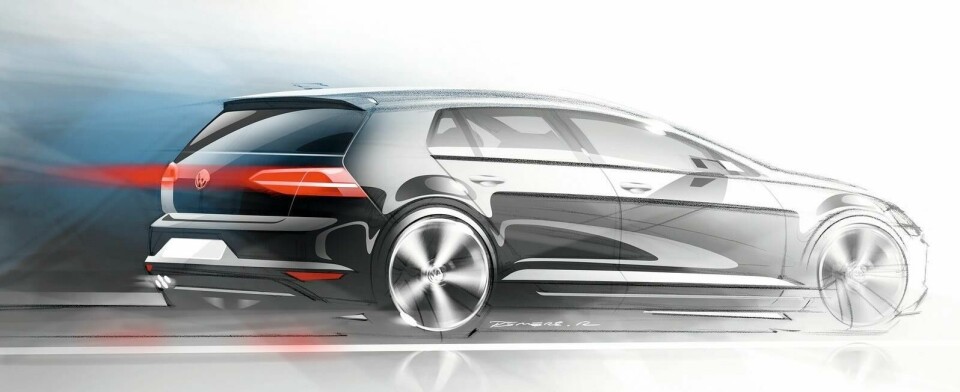
What is stance and how do we achieve a good one?
Car designers often talk about a car as having a good ‘stance’ but what exactly do they mean by that? More importantly, can we identify some key components of a car’s stance to utilise when designing?









Car designers often talk about a car as having a good ‘stance’ but what exactly do they mean by that? More importantly, can we identify some key components of a car’s stance to utilize when designing?
Car Design News has touched on this subject before in our Car Design Glossary but we’d like to expand on this area, so important is it to contemporary car design.
What is stance?
If we take the analogy of an animal, with the wheels of the car representing the animal’s feet, the solidity and size of these infer power and stability. We can liken this to the adage of the leopard and the gazelle: both have roughly the same mass, yet one moves with stealth and power, with solid, powerful legs and large feet. The other looks frail and unstable, with its body mounted high on thin, delicate legs. The suggestion of weightiness and stability is key to our admiration for the former, while we regard the latter as a vulnerable beast (that gets eaten!).
How do we achieve good stance?
1. Wheel Size and Position
The relationship of the tires to the wheelarches - as well as the width of the wheel tracks - are often seen as the main variables in achieving a great stance.
Using the leopard and gazelle analogy, minimizing the tire-to-wheelarch gap, fitting lower profile tires and larger, wider rims certainly help to give that ‘big feet’ look. But be warned that, if overused in an immature way, it quickly leads to caricature and exaggeration of proportions that can ruin the overall design.
But this relationship is only one component in this illusive quest of car design.
2. Overhangs
The relationship between overhangs and the wheelbase is critical in achieving a good visual balance: too much overhang is seen as undesirable by most designers, who will often aim for the illusion of a ‘wheel at each corner’. However, many designers will say that unequal overhangs add a certain visual ‘dynamic’, whereas a car with equal overhangs will tend to look inherently static.
The stance of a typical mid-engined sports car is deliberately exaggerated - a long front overhang and cut-off tail - which adds to their distinctive look. It’s not exclusive to supercars however: a long front and short rear was a traditional Citroën stance too, as seen on the DS, SM, GS, CX and XM.
Even if many mainstream cars have fairly equal overhangs dimensionally (due to crash legislation), the designer will usually aim to visually ‘cheat’ the form by skillful use of plan shape and graphics to provide a more dynamic stance. Using the animal analogy again, the anteater has a short wheelbase and huge overhangs - not a great look!
3. Cabin Position
Overhangs concern the lower body area, but consideration of the position of the cabin (or glasshouse) is yet another component of vehicle stance, particularly in side view.
A car that is ‘cab forward’ places the glasshouse frontwards relative to the front and rear wheels. By moving the screen, driver and front passenger forwards, more interior space can be liberated, creating not only a good package but also a new profile for the car, compared to a conventional sedan.
Conversely, the hugely ‘cab rearward’ slingshot Mercedes-Benz AMG SLS is a great example at the other end of a theoretical ‘cab position scale’ and equally as dynamic. Subtle shifts of cabin position, such as the latest VW Golf 7, are critical tools for the designer to exploit to create a new stance.



